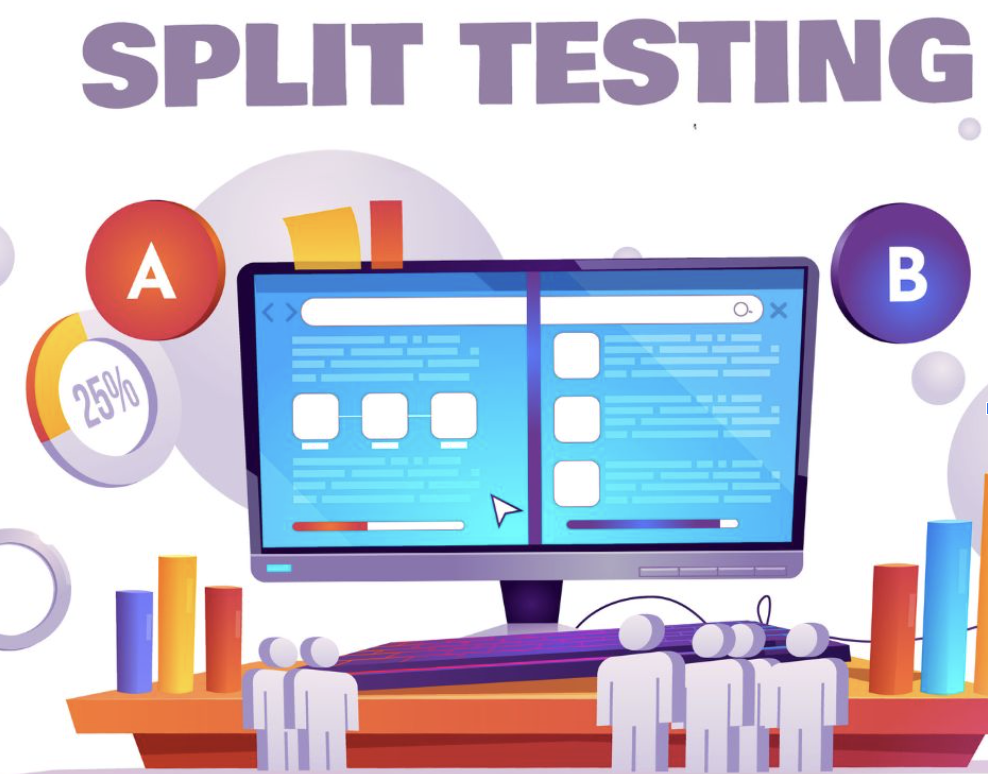Business Lead Generation vs Customer Acquisition: The Perfect Match for Business Growth
Struggling to understand the difference between customer acquisition and business lead generation? This guide explores both concepts and reveals how they work together to fuel business growth. Imagine a leaky funnel. You pour potential customers (leads) in the top, but without a strong bottom, many simply drain away, never converting into paying customers. Effective customer acquisition …
Business Lead Generation vs Customer Acquisition: The Perfect Match for Business Growth Read More »










